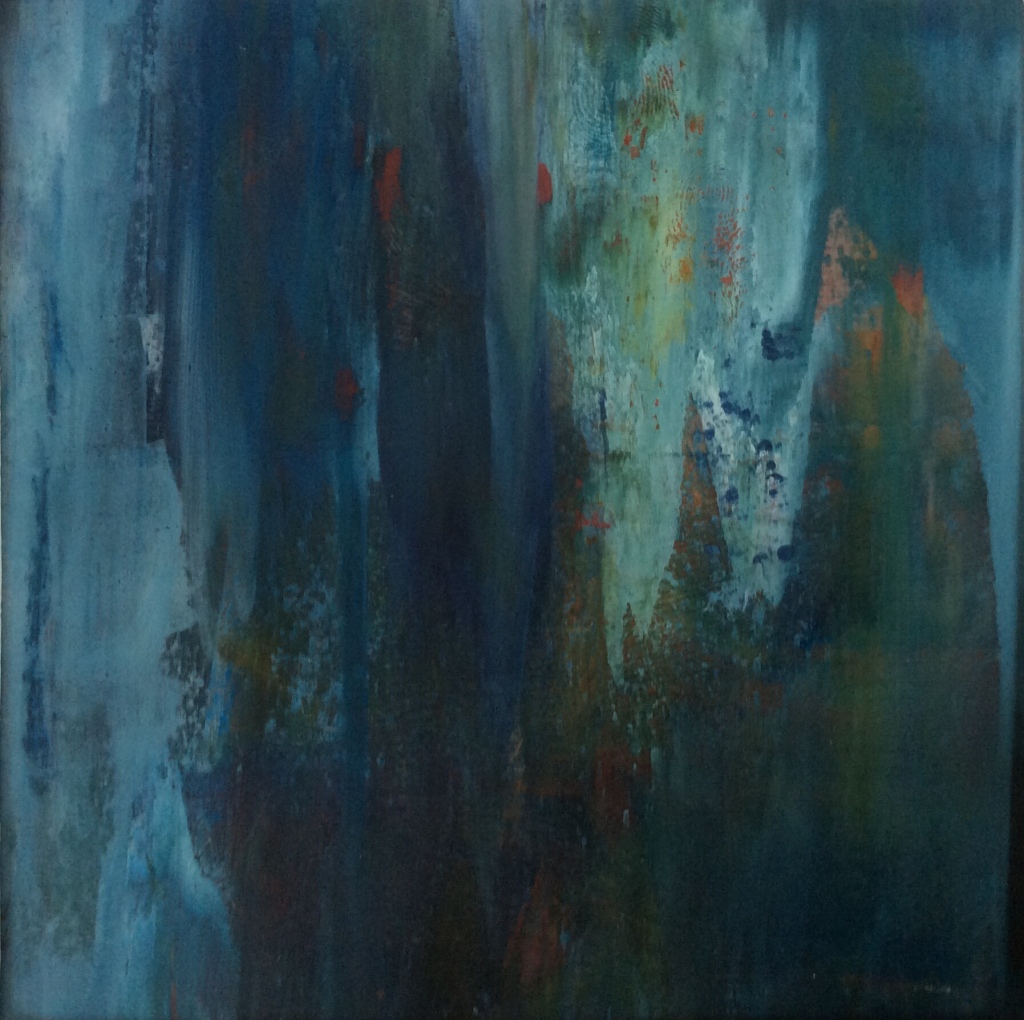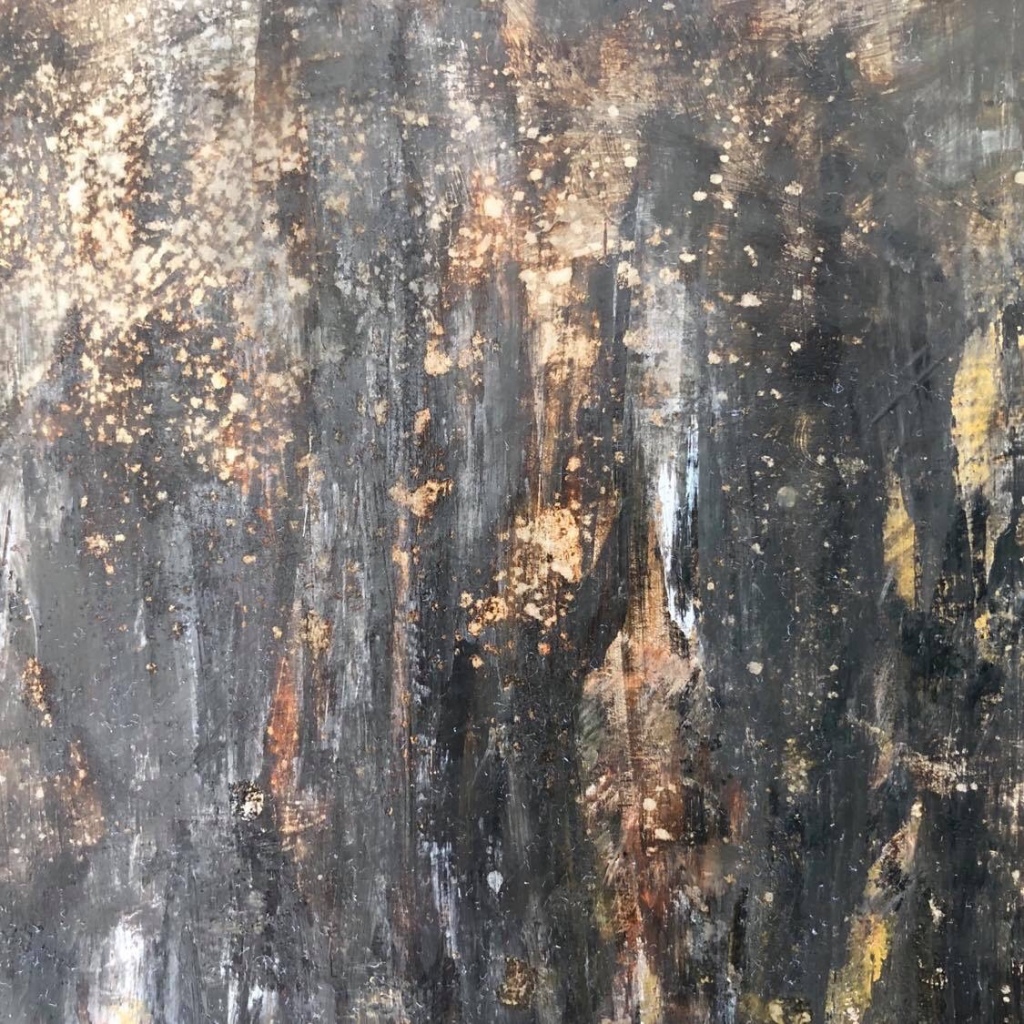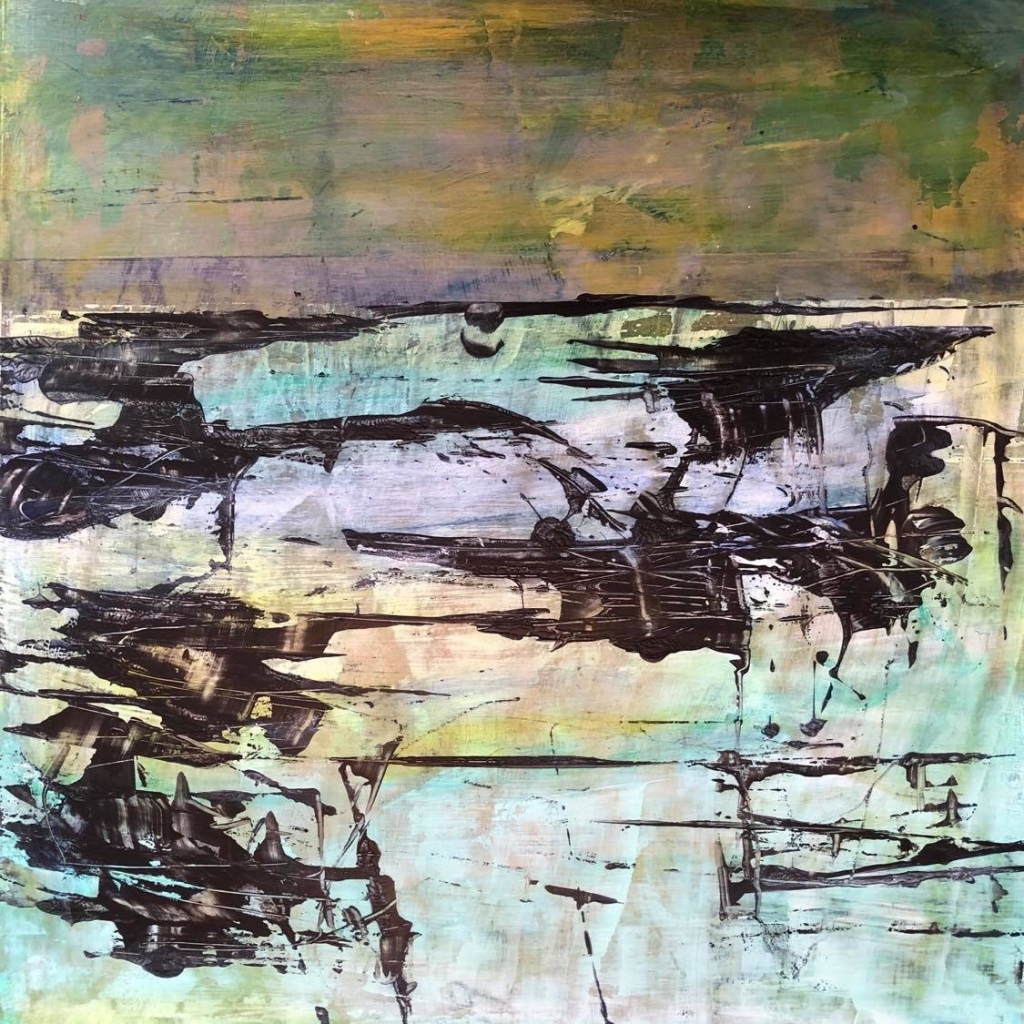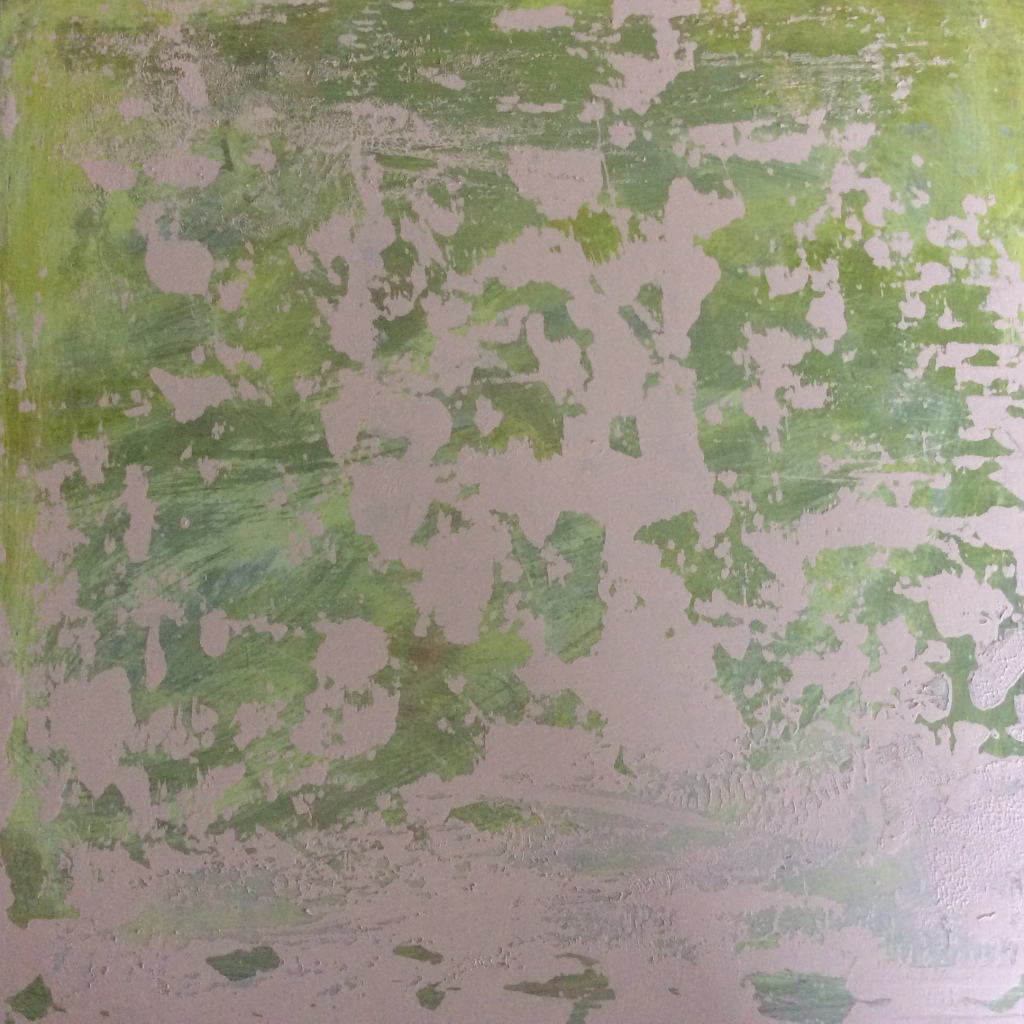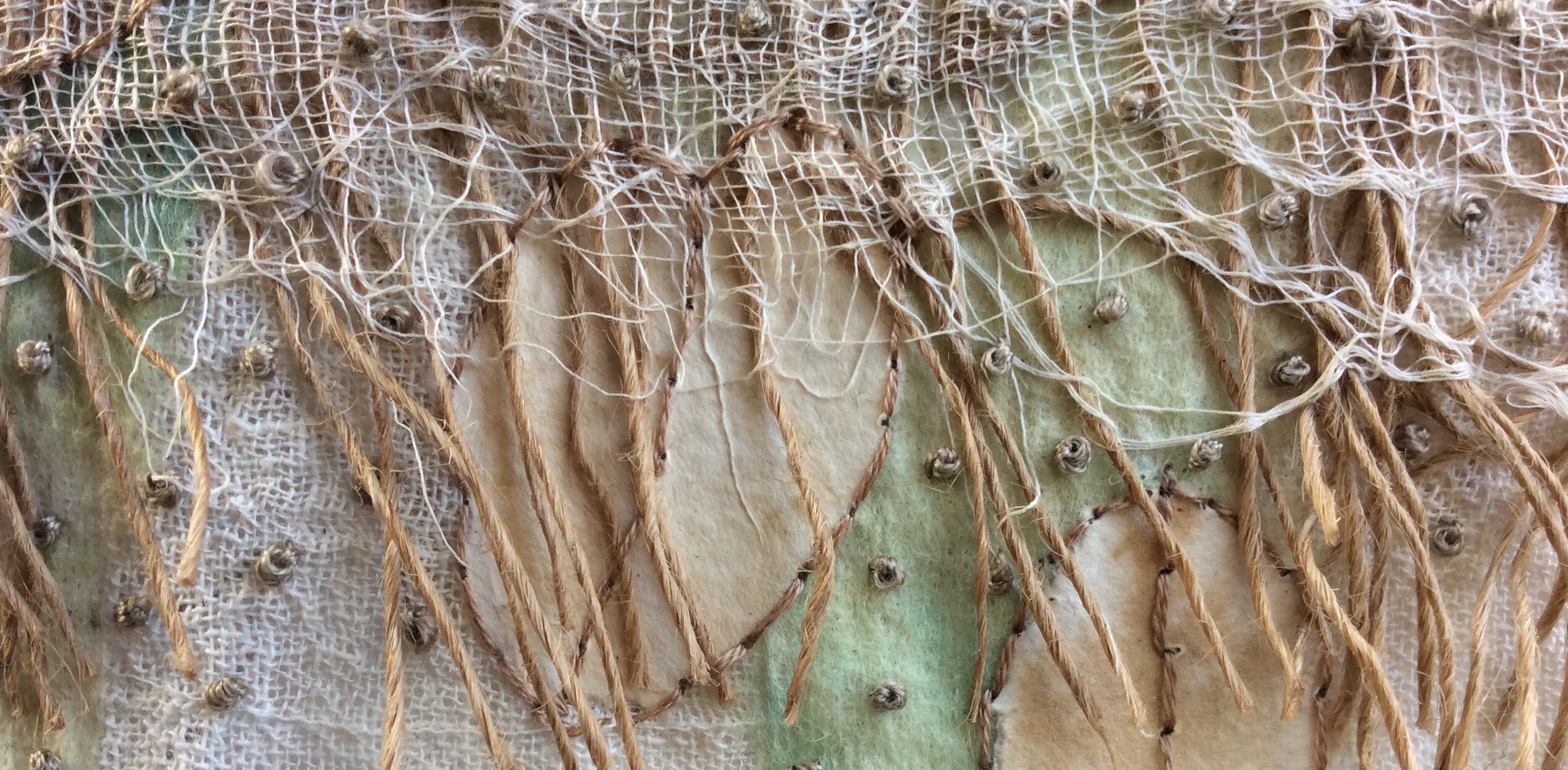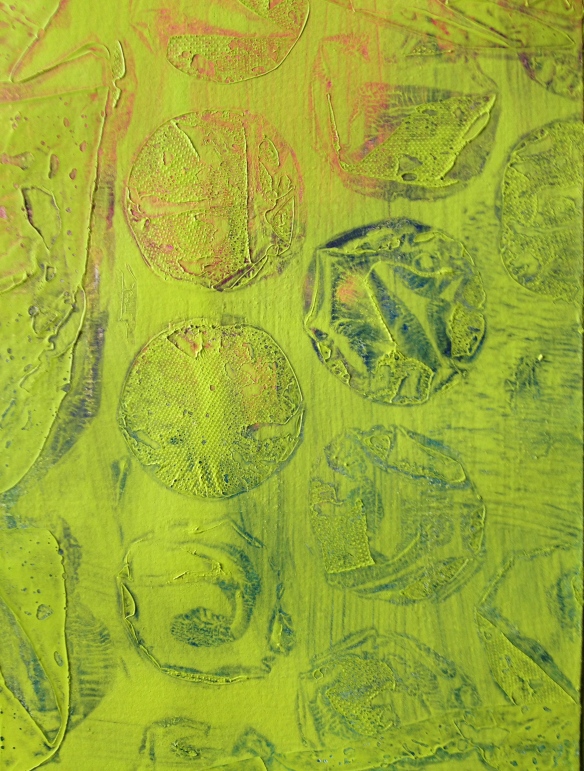Do I still remember how to do this? It’s hard to say why I don’t keep posting with the regularity I once did. Sometimes I have little to say and sometimes so much but it’s more personal than I wish to share yet both ends of that continuum are important to my work. But now I need to write an update, to let you know of my exhibition around the coast in Opunake at From Out of the Blue Studio Gallery.
In setting up the exhibition this week I can see how my work has changed in the past 6 or 7 years to have more meaning, more of a narrative. I notice I often comment on issues facing society, my personal insights, or simply find meaning as I work with materials and new techniques. I’ve gathered old work and new to form a retrospective of sorts. Some is work I wasn’t ready to part with before and of course some I never will as it’s deeply personal.
There is also some samples of the work of two friends, Bobby Duncan and Finola Chamberlain with whom I meet monthly for support and encouragement. We set ourselves some challenges to respond to, and with the same brief came up with very different responses.
I hope those nearby will make the trip to Opunake, nestled there next to Taranaki which, often shrouded by cloud is a magnificent live volcano. Many of you will only be able to view the work online of course and I will endeavour to post images on Instagram.
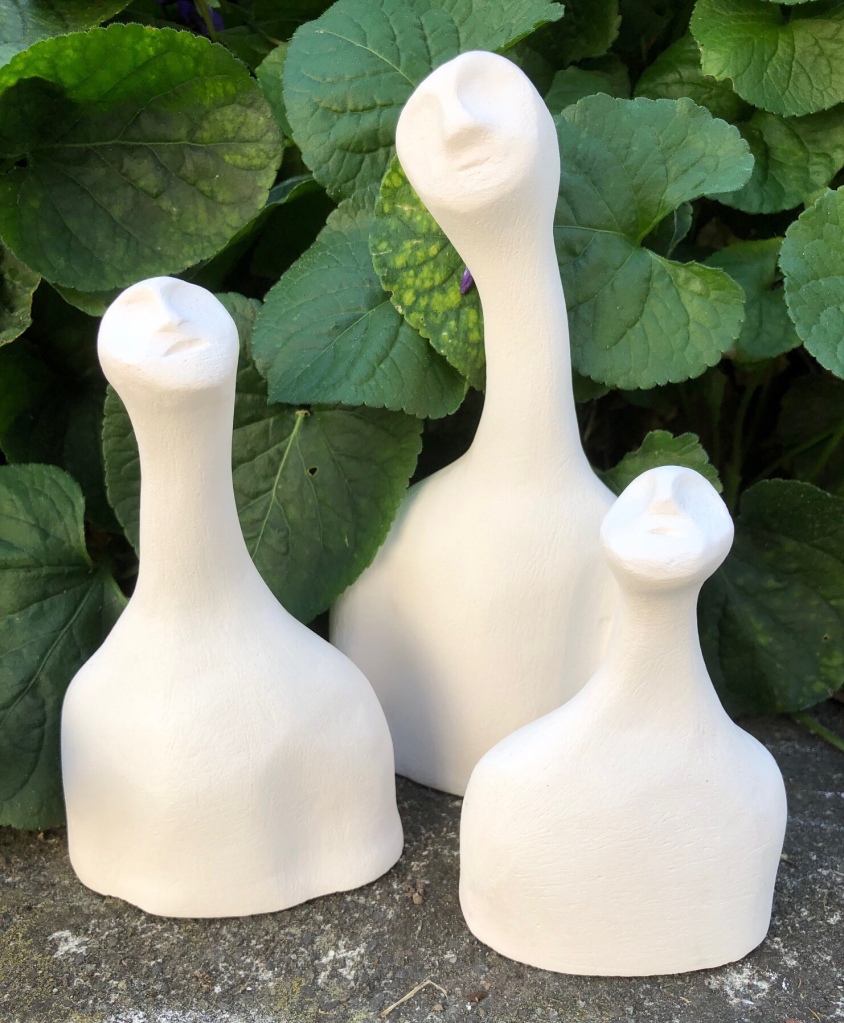


More images to come!



